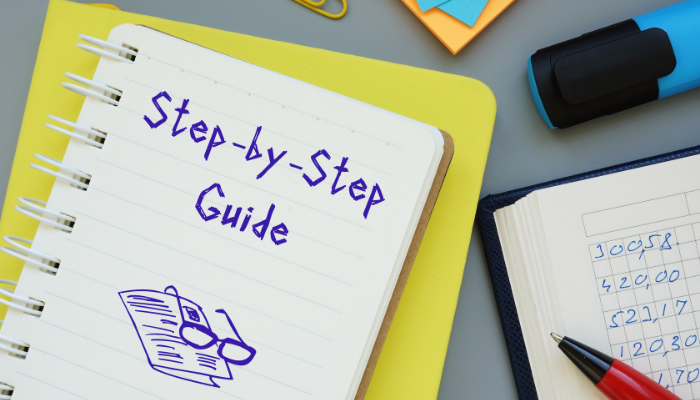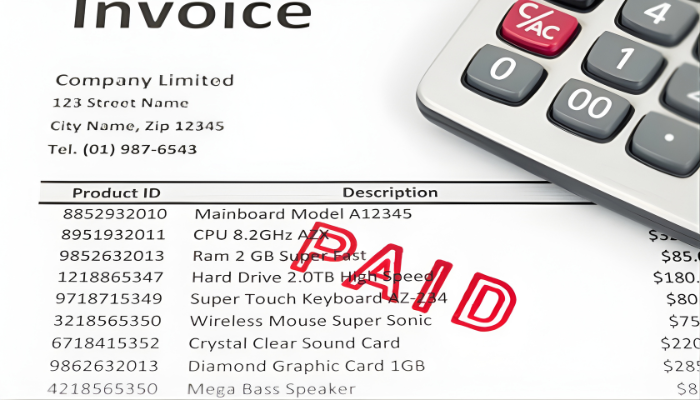
When you have ruled out applying for a bank loan or asking friends and family members for money, you may wonder how you can raise cash for your business. Factoring can be your best answer when you want to avoid going into debt and having to make monthly payments to a lender.
However, if you are unfamiliar with factoring, you may likewise wonder exactly how this financial transaction will proceed. You can be more comfortable with this process and anticipate getting money for your business by referring to this step-by-step factoring guide.
Step One: Selling Invoices
Of course, your business' invoices are central to this process. You must have unpaid accounts receivable in order to take advantage of this finance option.
You also must decide how many of your accounts receivable you want to sell to your factor. You can sell all of them or just a few, depending on how much cash you need and how many your factor is willing to purchase from you.
Step Two: Verifying Your Invoices
This step will be carried out by your factor. Before you can receive your money, the accounts receivable that you are selling must be verified.
Your factor will verify your invoice clients' credit rating and bill paying history. If your customers have positive bill paying and credit histories, the factor should approve your application for financing. It should be noted, however, that your customers must then be made aware of where to send their payments after your approval.
Step Three: Receiving Payment
Despite being approved, you will not receive all of the money for your invoices upfront. The factor will forward you up to 80 percent of your accounts receivable's value.
Even so, with 80 percent of your invoices' value extended to you, you are free to use that money however you wish. You are not obligated to explain how you will spend your cash flow. Some of the more common purposes for which business owners use this financing include:
- Making payroll for your employees
- Paying your vendors
- Buying advertising space on TV, in the newspaper, or online
- Purchasing inventory
- Paying recurring expenses like your utility bills or insurance
- Expanding your business to new clients and markets
You will not be asked to give proof for what you spent the cash, nor will you have to make a regular monthly payment as you would on a bank loan.
Step Four: Paying Factor Fees
While your factor will pay you up to 80 percent of your invoices' value upfront, it will hold the remaining 20 percent in reserve until your clients' accounts receivables are paid in full. Once those are paid, it will then deduct its fees from the reserve amount.
The remainder of that 20 percent reserve is then paid directly to you. In some instances, the factor will send the original invoice to each of your customers on your behalf.
Step Five: End the Transaction or Sell New Invoices
After you receive the remainder of the reserve, you can then decide whether or not to end the transaction or factor more invoices. If you want to maintain a steady cash flow while your business is growing or overcoming a financial hurdle, you can continue to sell accounts receivable.
Many business owners use this option to have money on hand without going into debt with loans. This financial arrangement spares your credit score and saves you from having to make a monthly payment to a lender.
Factoring may appeal to you when you need money for your business. You can proceed with confidence by knowing how this transaction works at each step of the way.














